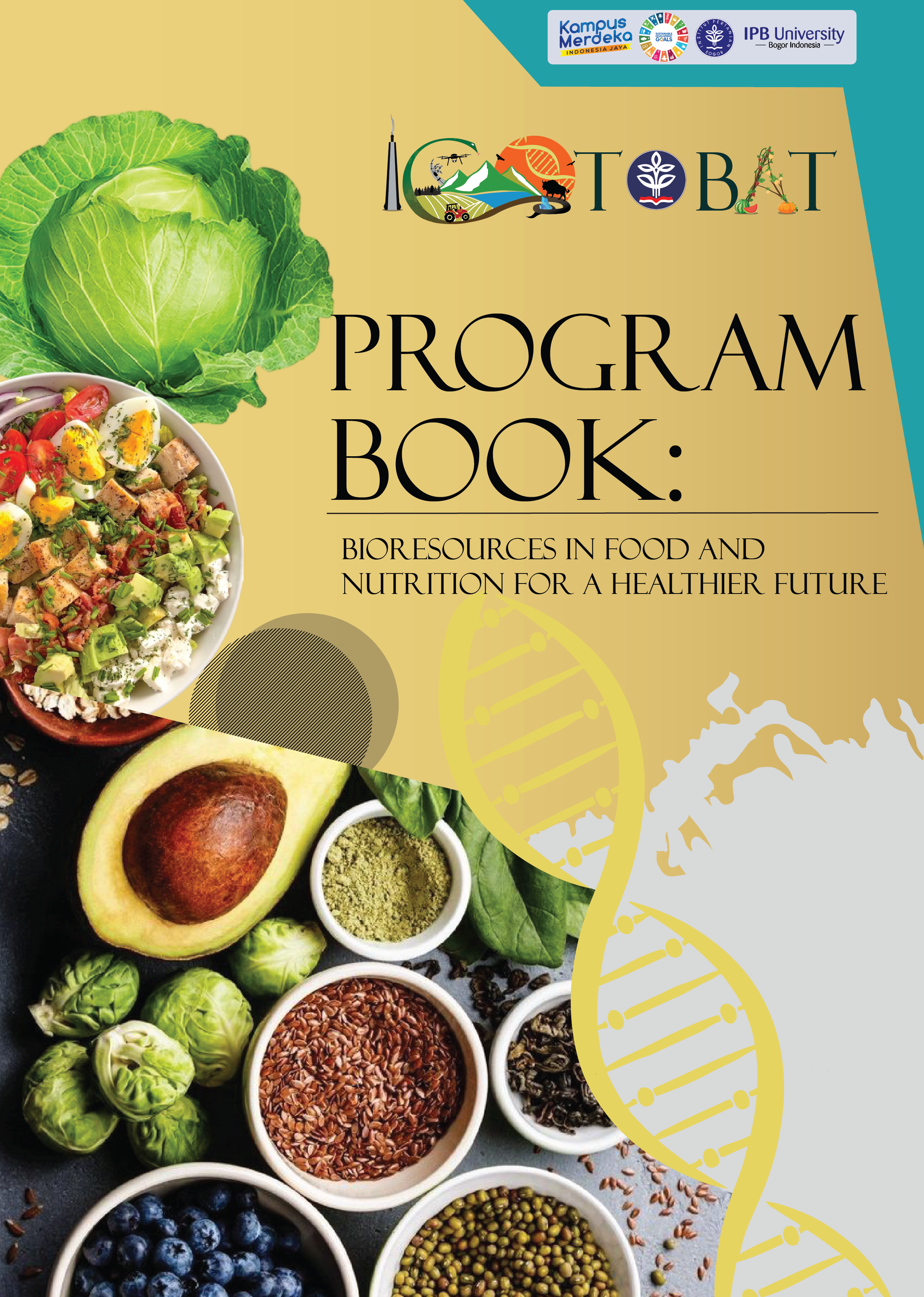Pasting behavior and functional properties of physico-enzymatically modified arrowroot starch
Keywords:
acid hydrolysis, autoclaving-cooling process, enzymatic process, low viscosity, resistant starchAbstract
Arrowroot (Marantha arundinacea L.) is known as one of the carbohydrate sources. Famous as soothing agent to resolve digestive issues, arrowroot starch has a property that is easy to digest and is usually used in the preparation of porridge, or as boiled rhizomes with grated coconut and curry, therefore it is suitable to be used for baby and elderly foods. Nevertheless, its utilization is still very limited, probably because of its hardship and time-consuming extraction process. To enhance its functionality, increasing resistant starch (RS) content in arrowroot which has relationship with improving digestive health would increase its utilization to the wider community. In the present study, we aimed to obtain information about RS content on modified arrowroot starch and its functional properties as a consequence of modification, therefore suitable application in the food industry can be determined. We used two treatments to increase RS content in the arrowroot starch i.e. through branched chain cutting of arrowroot starch using pullulanase enzyme (1.3 U/g and 10.4 U/g) followed by autoclaving-cooling (AC) process, and combination of these treatments with acid hydrolysis (AH). Results show that the modification process significantly (p<0.05) influenced solubility, swelling power, water holding capacity (WHC), freeze-thaw stability, and color of arrowroot starch pasta, but not RS content. Nevertheless, the modification process can change the gel strength and viscosity of the arrowroot RS. It had lower viscosity than the control model, making it may be applied to food products that have low viscosity.





























